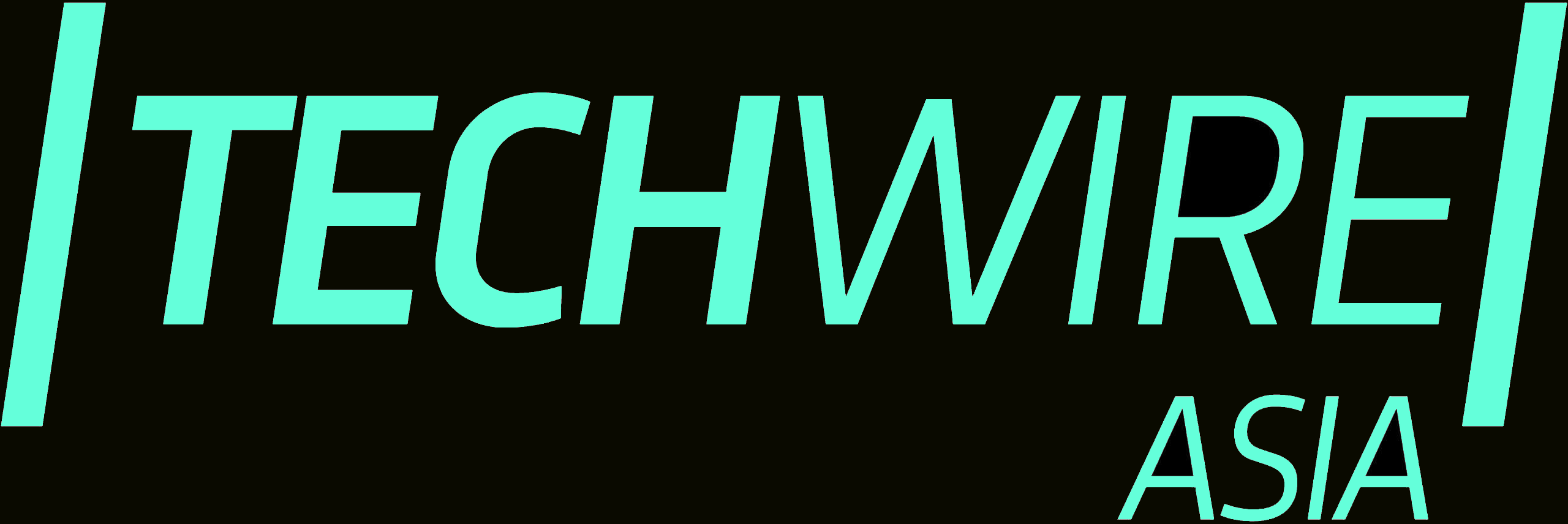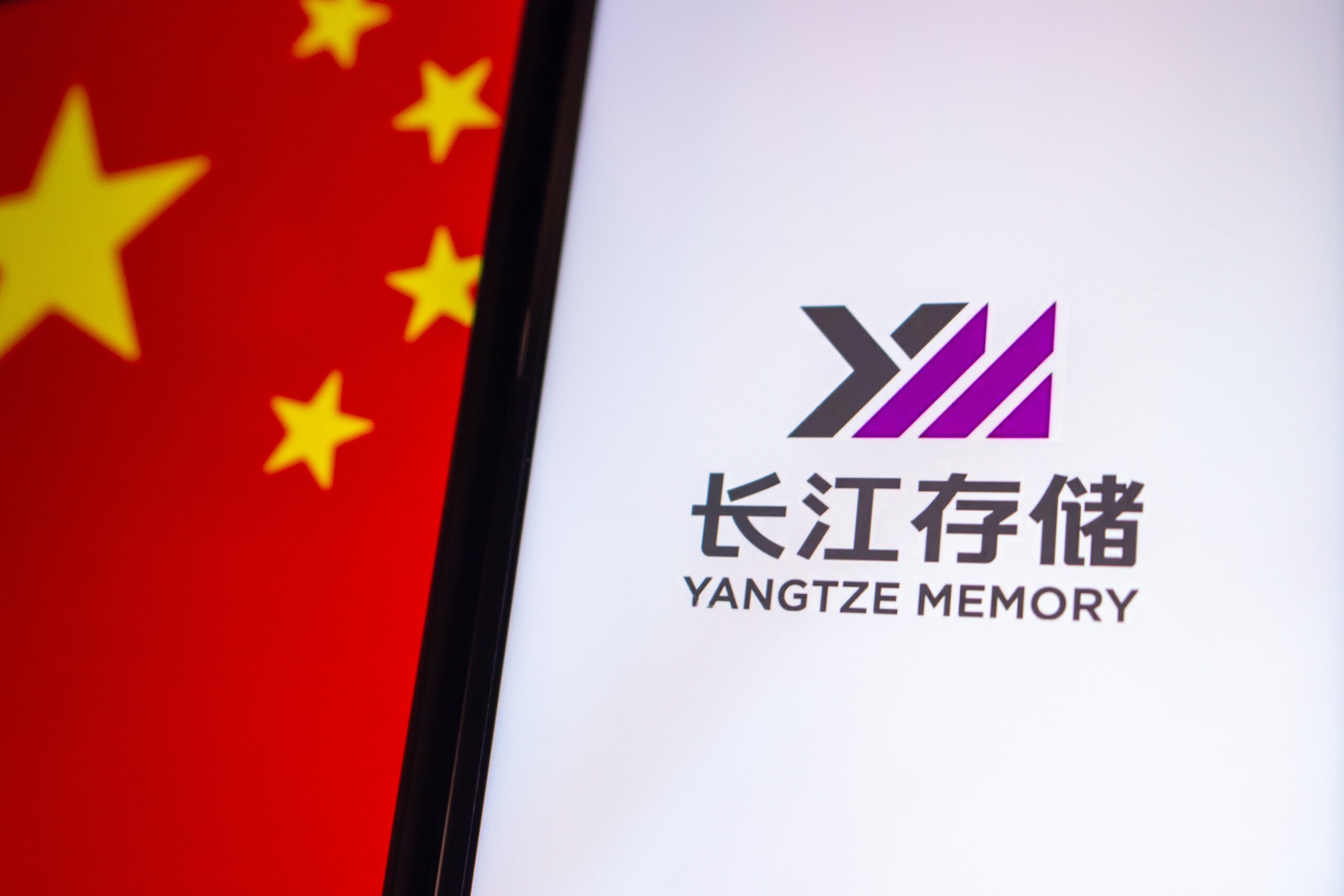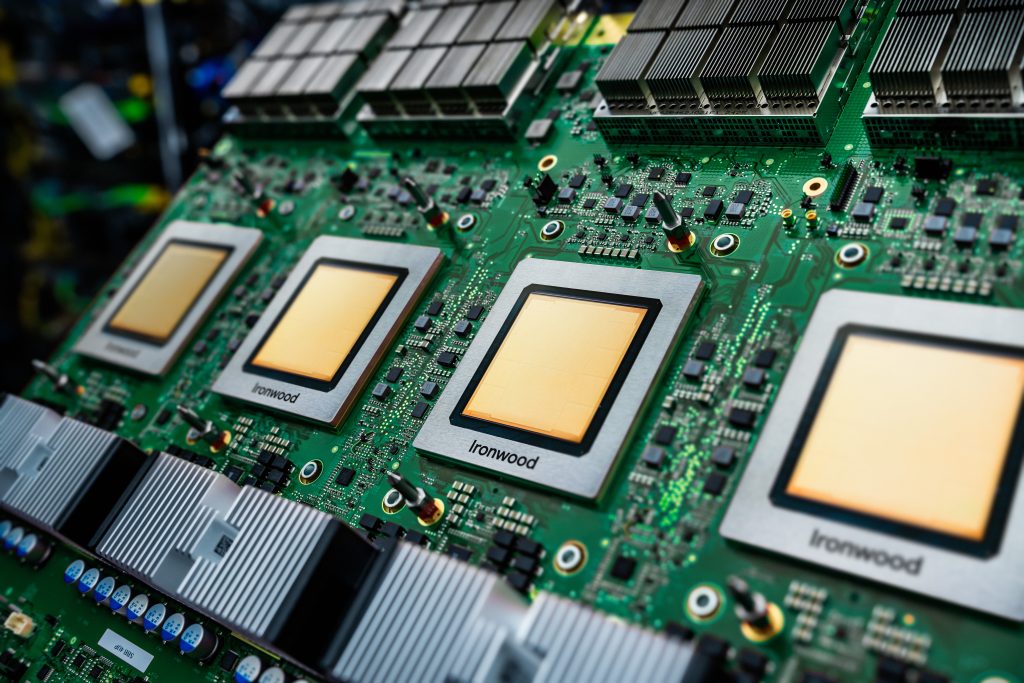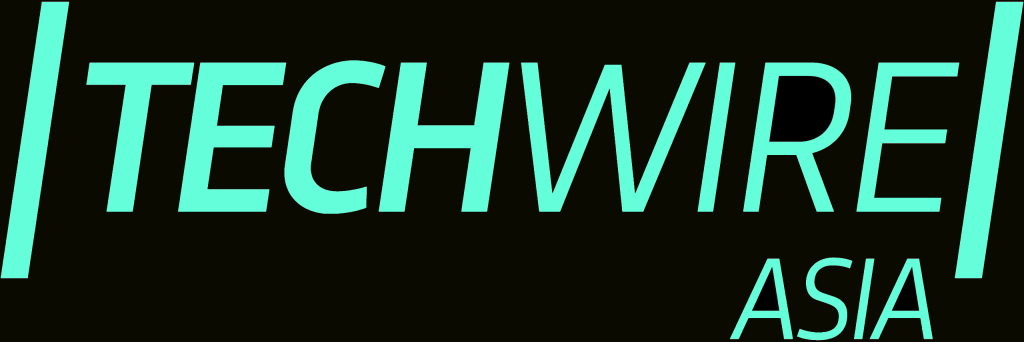- China’s YTMC showcases a 294-gate chip design with Xtacking4.0 technology.
- Marks advancement US trade restrictions.
- Positions YMTC as a pioneer in hybrid bonding technology, challenging Samsung and SK Hynix.
For the second time in two years, YMTC, China’s leading memory chip maker, has proven that US trade restrictions have done little to slow its technological advancement. Fresh on the heels of its 2022 breakthrough with 232-layer NAND technology, the company has pushed boundaries again in memory chip innovation. The breakthrough came to light through research firm TechInsights’ analysis. It demonstrates YMTC’s mastery of the Xtacking4.0 design in high-density 3D NAND chips, and marks another instance of Chinese semiconductor technology advancing despite Washington’s attempts to contain it.
According to TechInsights’ recent report, quoted by the South China Morning Post, YMTC’s achievement was discovered in the commercial ZhiTai TiPro9000 solid-state storage device. The device features an advanced dual-deck structure with 150 gates on the lower deck and 144 gates on the upper deck, totalling an impressive 294 gates.
The design employs sophisticated hybrid-bonding techniques to join two wafers, achieving an unprecedented storage density exceeding 20 gigabits per square millimetre.
YMTC’s journey from latecomer to industry pioneer
Since its inception in 2016, YMTC has transformed from newcomer to formidable competitor in the global flash memory industry. The company’s rapid technological advancement was first highlighted in 2022 when it produced a groundbreaking 232-layer NAND flash, surpassing the abilities of industry giants like Micron Technology, Samsung Electronics, and SK Hynix.
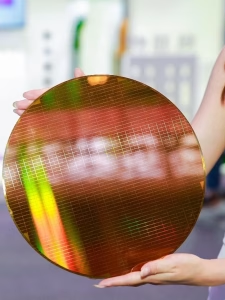
The achievement was particularly notable as it came just before the company was added to Washington’s export blacklist that was assembled over national security concerns. TechInsights senior analyst Jeongdong Choe emphasises the significance of this latest development, stating, “The important takeaway is that China’s YMTC has beaten the competition in the market. With the new Xtacking4.0 technology, YMTC appears to have found a way to overcome the current ban with this new chip.”
Challenging global leaders despite trade restrictions
After being blacklisted two years ago, YMTC lost access to important semiconductor equipment makers like Lam Research. However, the company adapted, strengthening its partnerships with domestic chip tool manufacturers like Naura Technology Group. YMTC’s achievements have caught the attention of global competitors, particularly in hybrid bonding technology. “YMTC is the leader in hybrid bonding technology, which is essential for higher-layered 3D NAND,” Choe explains. “That’s why Samsung and other NAND companies follow and prepare the hybrid bonding structure for the next generations.”
While YMTC maintains a modest public stance about its breakthrough, simply stating it is “committed to driving global innovation to propel the industry further forward and meet the evolving needs of our customers and partners,” the implications of its achievement are far-reaching. The company’s success demonstrates China’s growing capability to develop advanced semiconductor technology independently despite international trade restrictions.
The global memory chip landscape is competitive, with SK Hynix announcing plans to mass-produce 321-layer 4D NAND chips in the first half of this year. However, according to TrendForce, the market faces challenges from weak demand and oversupply, exacerbated by aggressive production expansion from Chinese suppliers driven by domestic substitution policies. The latest memory chip breakthrough by YMTC showcases China’s technological resilience and signals a shifting dynamic in the global semiconductor industry. As the company continues to push boundaries in memory chip innovation, it demonstrates how trade restrictions may be driving rather than hampering Chinese technological self-sufficiency.
The achievement also validates YMTC’s potential as a serious contender in the global market, supporting earlier speculation that the company was considered a potential supplier for major international technology companies, including Apple, before US trade restrictions were imposed. As global competition in NAND flash memory intensifies, YMTC’s success suggests that the landscape of semiconductor manufacturing may be evolving more rapidly than anticipated, with implications for both market dynamics and international trade policies.
